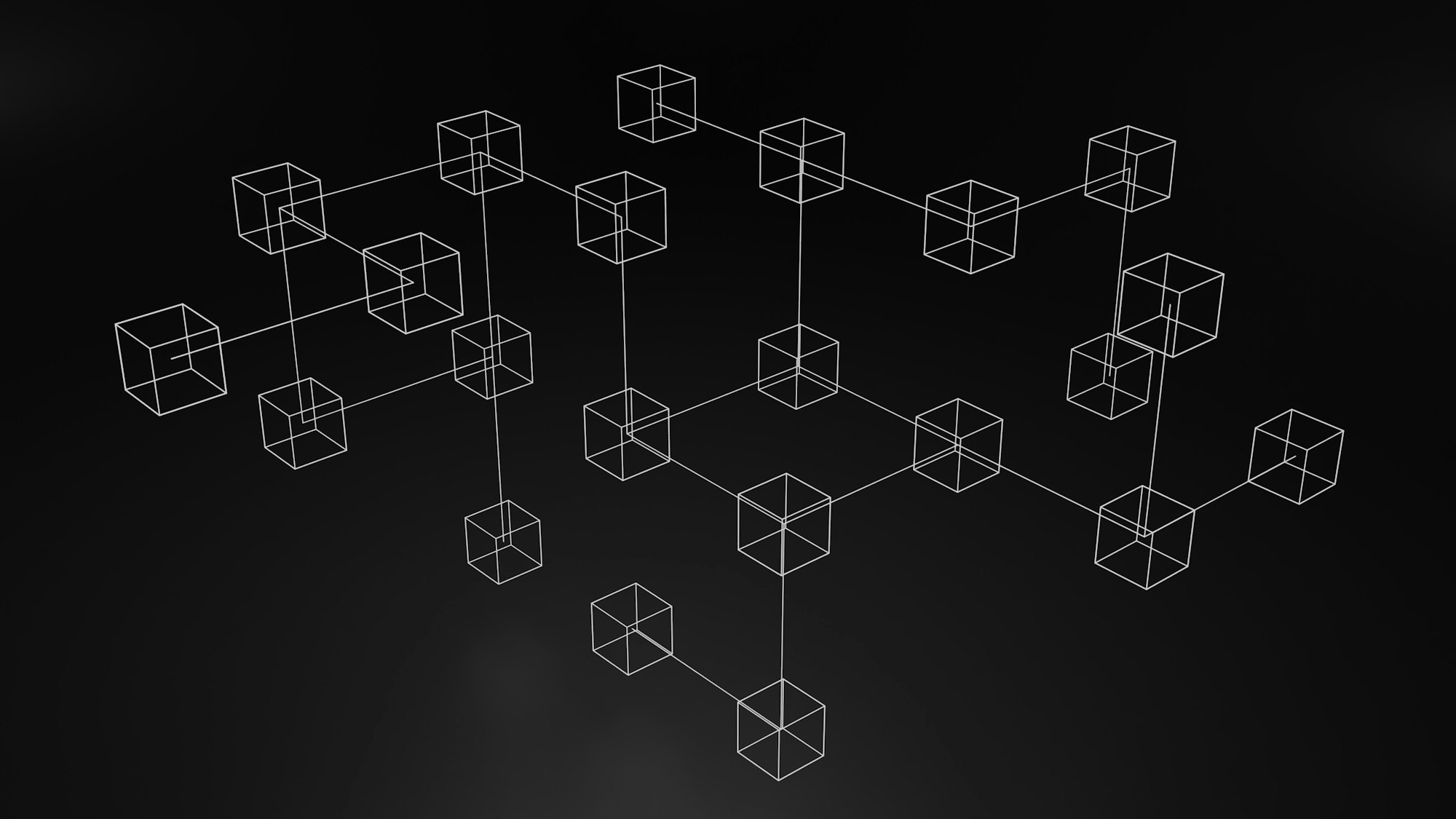Why OneMint Chooses Not To Use The ERC 6551 Standard

As the cryptospace evolves, so too do the standards that guide its growth and expansion. One of the more recent developments in Ethereum standards is the ERC-6551, or token-bound accounts (TBA). TBAs introduce smart contract capabilities to non-fungible tokens (NFTs), allowing each ERC-721 to perform transactions, interact with dApps, hold tokens or other NFTs, and even serve as an on-chain identity.
Though these innovations bring fresh dynamism to the NFT world, here at OneMint, we've chosen not to utilize the ERC-6551 standard for several key reasons. Let's explore them.
Our Legacy and Innovation in Dynamic NFTs
We pioneered our dynamic NFT solution long before the ERC-6551 standard came into existence. Our first implementation of dynamic NFTs was released in August 2022, after many months of intensive research, development, and gas optimization.
Our model utilizes the ERC-721 standard for the core NFT collection, while leveraging the ERC-1155 standard to hold all the traits or equipments for the NFT collection. This setup is further supported by a registry contract that stores the relationship between the ERC-721 NFTs and their equipped ERC-1155 traits.
Backward Compatibility and Ease of Use
In our evaluation of the ERC-6551, we found it quite similar to the solution we had envisioned. However, we opted for a different approach to ensure backward compatibility. By having a registry contract, we made it possible for any collection already deployed to transition seamlessly into a dynamic system.
Upgrading contracts is often challenging and sometimes even impossible. Hence, our solution enables collections to evolve without requiring significant contract modifications.
User-Focused Cross-Chain Approach
At OneMint, our primary focus is always on the user. We understand the challenges and limitations that high gas costs can present, especially on the Ethereum blockchain. Thus, our aim was to create a cross-chain system in which a collection could live on one chain, while dynamic traits could exist on another.
By moving traits and equipping/unequipping transactions to a Layer-2 (L2) chain, we've ensured that our users can interact with the blockchain without worrying about gas costs.
Looking Ahead
We're thrilled to see the establishment of a standard—ERC-6551—that aligns with the dynamic NFT ecosystem we've helped pioneer. However, at this point, transitioning our existing system to this new standard would not serve our users' best interests.
As we move forward, we'll keep our eyes on the progress and adoption of the ERC-6551 standard. If mass adoption occurs, and it becomes beneficial for our users, we'll be open to reconsidering our approach. For now, we're proud of our innovative work in the NFT space and are committed to continuing our efforts to create user-friendly, accessible, and dynamic NFT experiences.

